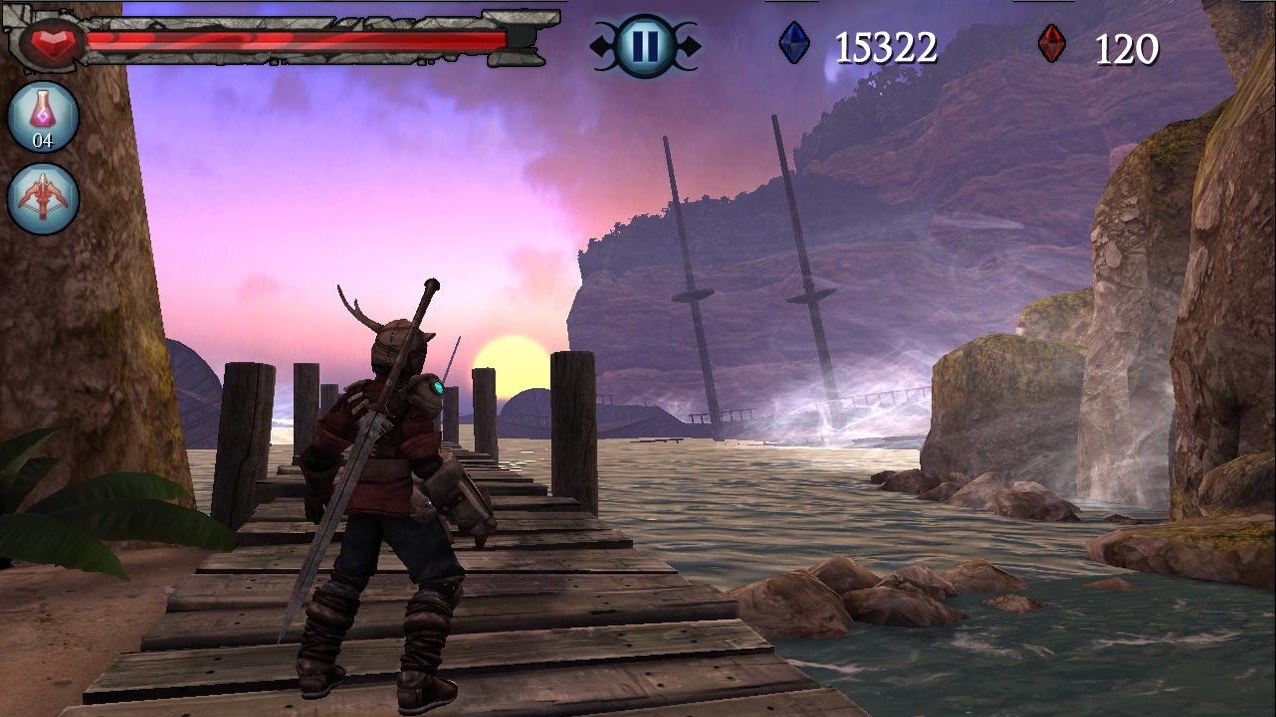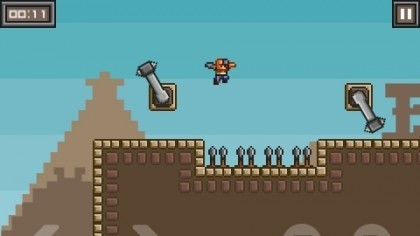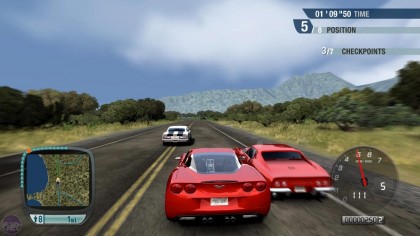Why the smartphone is about to beat the PS4 at its own game
Is smartphone gaming smart gaming?Should the Playstation console itself?

In the US alone, smartphone gaming has around 126 million players, making it one of the most popular segments. By 2016 that's expected to rise to 144 million, according to a report by MediaBrix, which would equate to more than 8 in 10 smartphone users.
The popularity of smartphone games in the UK isn't quite so high, but according to a report by comScore, 52.4% of UK smartphone users were playing games on them at least once a month in the three months ending February 2012 and if those US figures are anything to go by the numbers are likely to be even higher now.
So why such a sudden surge in popularity? Are games getting better or are we just spending more time at bus stops and doctor's waiting rooms?
One of the main reasons is cost: games are cheaper to buy on smartphones than their PC or console counterparts. They're also a lot cheaper to make in general, meaning that the various app stores, particularly Google Play and the Apple App Store, have become flooded with an enormous selection of titles.
Then there's the fact that, according to eMarketer, 48.4% of the UK population will have a smartphone by the end of the year, essentially meaning that almost 1 in 2 people will already have a device capable of playing portable games, rather than needing to invest in extra hardware.

But graphics, content and control schemes still often hold phone games back. The question is, can the console experience ever be replicated by a smartphone and even if so: can gaming on a smartphone ever be as good as gaming on a console?
Graphics
For many people the term 'console quality' means high end graphics, which is understandable, since graphics are the most immediately obvious sign of a game's quality.
Sign up for breaking news, reviews, opinion, top tech deals, and more.
They don't make or break a game by any means but they are a major factor in how high quality a game is perceived to be.
Ultimately, smartphone games just aren't up to the same graphical standards as console games. That said, there is some crossover between low end console games and high end smartphone games, which demonstrates that the gap between the two may not be that enormous.

Take Asphalt 8: Airborne for example. It obviously doesn't look as good as something like the console version of Need for Speed: Most Wanted on the PS3 or Xbox 360 as there's far less graphical detail.

But when played on the small screen of a smartphone it does arguably look comparable to Test Drive Unlimited 2 on the PS3 or Xbox 360, which is an impressive feat given that Asphalt 8 is free to play, while Test Drive Unlimited 2 cost around £40 at launch and even now costs over £15.
The difference in screen sizes also means that smartphones don't necessarily need to be as powerful as consoles to deliver high end graphics, as while smartphone games may not look great blown up on a big screen, the small display size of a phone hides many of the rough edges and lets them shine.
The power is coming
Even though smartphone games may not be able to compete graphically with most recent console games, top end smartphones are certainly at least as powerful as older consoles such as the Xbox and the PS2; in fact they're actually quite a bit more powerful on some metrics.
The PS2, for example, had just a 300 MHz processor, a 147 MHz Graphics Synthesizer GPU and 32 MB of RAM. Compare that to the Samsung Galaxy S4, which has a 1.9 GHz quad-core processor, a 400 MHz Adreno 320 GPU and 2 GB of RAM and, on paper, smartphones should be way ahead.
Of course the PS2 was specifically built around gaming, while the Galaxy S4 and other phones aren't, so the difference might not be as pronounced as you'd think.
So how close are they really? We had a chat with Gameloft to find out the real challenges and benefits you get when making a high-end smartphone game.
"Mobile chipsets are very competitive compared with current-gen consoles," a spokesperson told us. "With the exception of the polygon throughput, the latest chipsets already reach most of the shader rendering quality of current-gen consoles." They even went so far as to say that "the latest chipsets are capable of running current generation console games," albeit not referencing the recent PS4 / XBox One line-up, more their predecessors.

And if proof were needed that smartphones can match or exceed the PS2 for gaming performance just look at how easily they cope with ports of last generation games, such as GTA: Vice City.
This runs well on high end handsets and isn't even as good looking as many smartphone games, such as Horn and Dead Trigger 2, so presumably it's not pushing phones to their limits.

Smartphones seem an unlikely new home for old favourites, but if more get ported they could soon be the go-to place for a dose of nostalgia, resurrecting games that were lost when we sold our old consoles or when they finally gave up after years of faithful service.
With new and more powerful smartphones being released all the time the gap between phones and new consoles may close too. Sure, the next generation of consoles has just arrived and initially they're likely to blow away anything a smartphone can do.
But five years down the line people will still be using the Xbox One and PS4, while Samsung will likely be up to the Galaxy S9 and there's no telling how powerful that will be, especially now that 64-bit chips are making their way into handsets.
These will be important, according to our Gameloft spokesperson, who said they will "help to push vector processing speed with less machine cycles, which is the main performance bottle neck in processing polygons."
James is a freelance phones, tablets and wearables writer and sub-editor at TechRadar. He has a love for everything ‘smart’, from watches to lights, and can often be found arguing with AI assistants or drowning in the latest apps. James also contributes to 3G.co.uk, 4G.co.uk and 5G.co.uk and has written for T3, Digital Camera World, Clarity Media and others, with work on the web, in print and on TV.